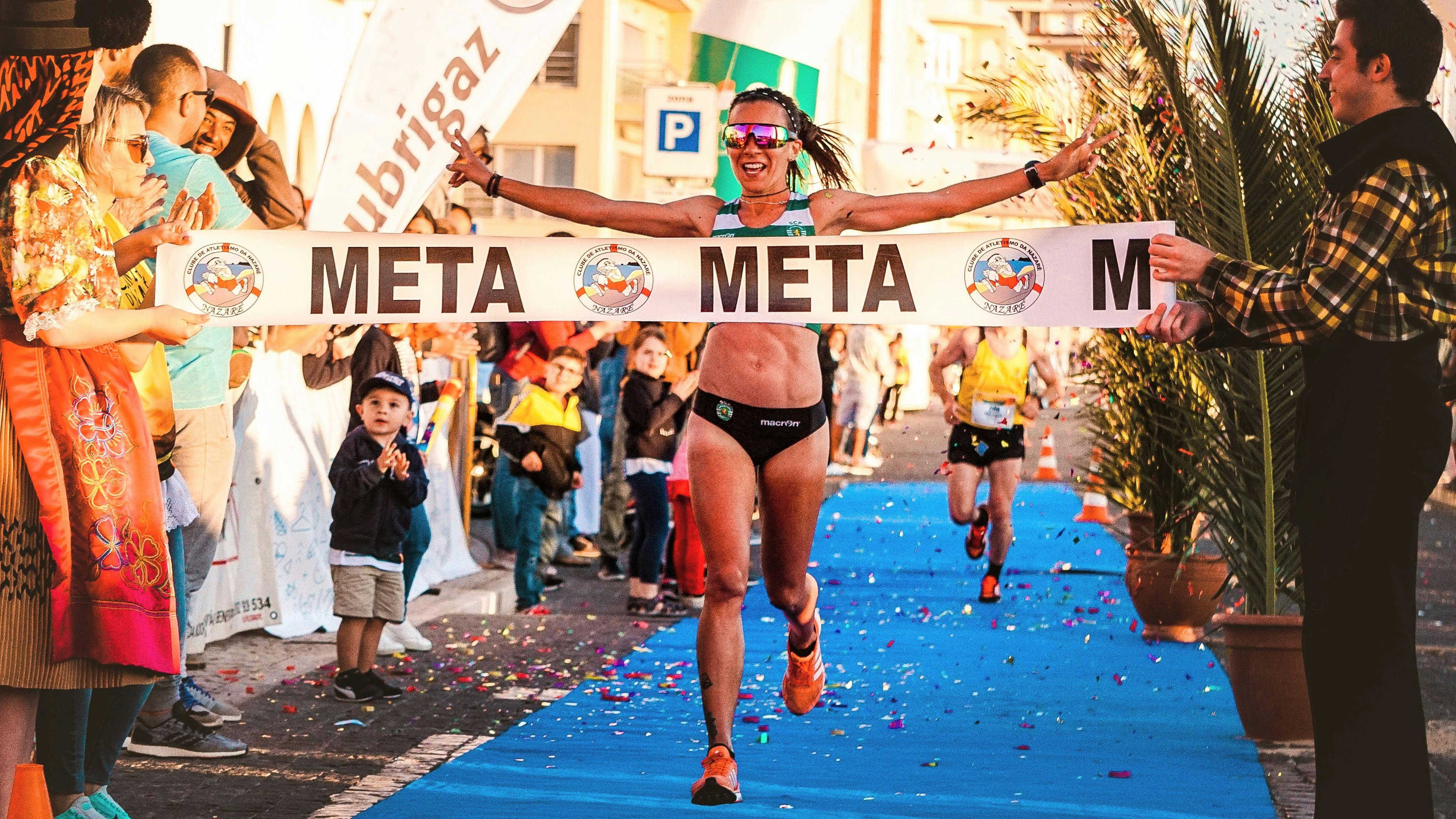
Do you have a horse puzzle? how to solve it
Horses have it hard sometimes, unlike people it’s hard to sit down and talk about a problem. When learning new skills, the horse must learn by figuring out what you want it to do, it’s kind of trial and error.
The biggest problem the horse has in figuring out what we want is when we don’t ask the same way every time. In fact, I like to move furniture in a blind man’s house. once he knows
where the furniture is, it can be moved because it is ‘consistent’ in its placement. But move the furniture from where it was and the blind man will stumble, hurt himself, get angry and whatnot.
Consistency is the key to training the horse, and by being consistent you also need to be fair to him by giving your instructions very black and white. This consistency and fairness should also extend to everything you do with your horse, even the simple things like putting a halter on it. Does it lift its head high enough that you can’t reach it?
This problem could have been initially caused by a hit or bump that you didn’t like and now you predict it will happen and therefore tend to avoid it. Most behavior problems in horses are the result of human action.
If we have a problem with a horse, the first thing to do is admit that we or another human being probably caused it in the first place. From this mindset, we can begin to unpack what the driving causal factor is and begin to remedy the cause.
A friend of mine recently took care of a family with a new horse. I believe this was the first real horse the family had. When they first caught him, they saddled him, put on the bridle, climbed on, and began to ride. The horse quickly began to bloat, buck, and became difficult to catch and saddle. This continued until they couldn’t even get close enough to put the horse’s halter on or off.
In order to develop a solution, my friend had to take the puzzle apart and put the pieces back where they belonged. This took time and was obviously a traumatized horse, and it is common for the amount of resistance to be generally proportional to the intensity of the trauma. Therefore, it is important to realize that when trying to address the issue it may take time and it is essential to work yourself out of the fact that it takes as long as necessary.
That’s where the patience of the job comes in handy as some horses take longer than others, just like humans no two horses are the same.
Remember that we are trying to undo a well-rehearsed habit in the horse and we need to reprogram its reaction. There is no prize for finishing first, the prize is finishing with a horse happy to relate and work with us.
When my friend started working on this horse, the horse was so sturdy that he would go back and forth as the job progressed. Interestingly, my friend, who is generally a very vocal person, spoke very little as he worked with the horse. Most of the instructions given to the horse were the result of body language, body movement, and soft ropes.
There are times when the horse starts to turn around and then backs off as if to say ‘no’, but this is where the patience and perseverance to go back and continue asking without trying to teach the horse a better way comes in. . It is through perseverance and patience that finally, in the end, both the horse and the trainer achieve what most needed to be done.
There is a myth that horse trainers can walk up to a horse, whisper something to it, and suddenly the horse magically responds exactly the way the trainer wants it to. This is a myth, but there are trainers who get exceptional results with patience and perseverance, and a willingness to communicate with the horse in their language and take their time.